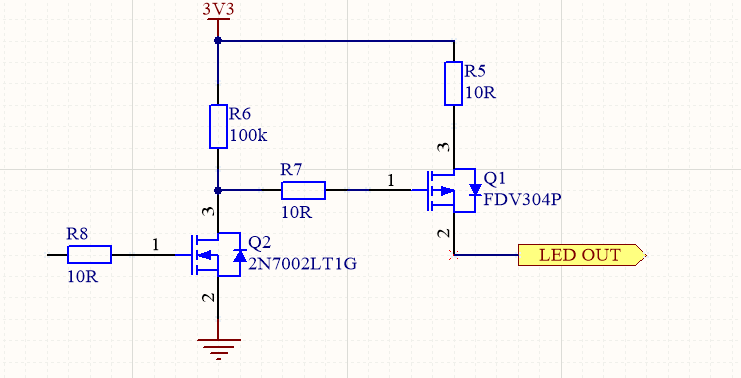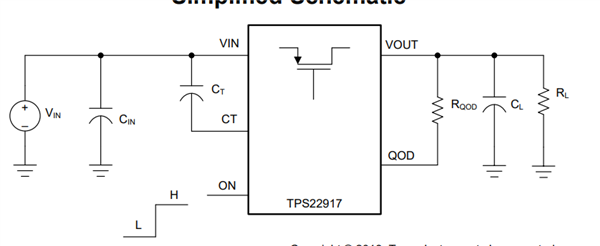Other Parts Discussed in Thread: TPS22860, TPS22917, TS5A3159-EP
Hello,
I'm developing new electronics where I need to switch red high power LED and now we use this circuit:
but now I have to save space for some additional circuit. So my idea is to use TPS22929 or similiar sot23 IC (handsoledring friendly) for switching LED. Can I use it? LED is blinking, but not very fast - 10Hz-20Hz. Also my device is battery powered so I need something suitable for low power applications.
Can you recommend me something? Imax for new LED is 120mA.
Another candidate: TPS22860 (better for low power?)
Thank you,
Jan




